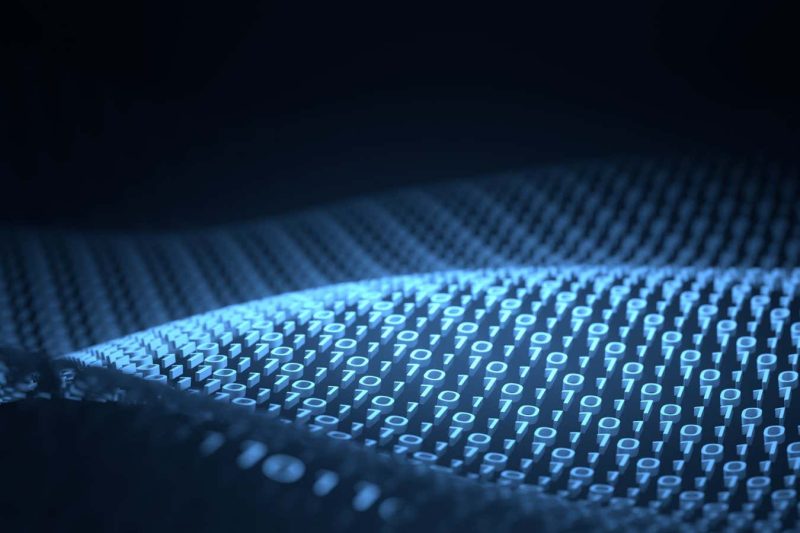Introduction
Scientists at the University of Science and Technology of China have made a breakthrough in quantum computing by successfully entangling a record-breaking number of quantum bits, or qubits, inside a quantum computer. This achievement surpasses previous attempts to achieve entanglement with a large number of qubits.
What is Entanglement?
Entanglement refers to a phenomenon in which the properties of two or more quantum particles become correlated and interconnected. Changing the state or property of one particle automatically changes the state or property of the other, regardless of the distance between them. For a larger number of particles, each pair can be entangled, and all of them can be entangled with each other.
Previous Attempts
In the late 1980s, researchers successfully entangled three or four particles of light in a more complex way. In recent years, quantum computers have achieved entanglement with up to 27 qubits. However, Xiao-bo Zhu and his colleagues have now pushed that number to 51 qubits.
The Zuchongzhi Quantum Computer
The researchers used the Zuchongzhi quantum computer, which is known for its ability to solve complex problems quickly. This quantum computer contains 66 superconducting qubits. The researchers controlled the state of the qubits using microwaves and manipulated how they interacted with each other using magnetic fields.
How Entanglement Was Achieved
The researchers applied quantum logic gates, which are sequences of operations that change the quantum states of the qubits, to many pairs of qubits simultaneously. This allowed them to entangle 51 qubits arranged in a line and 30 qubits arranged in a two-dimensional plane.
Significance of the Achievement
Entanglement is a key difference between conventional computers and quantum computers. It is also an essential element in quantum algorithms. Demonstrating a large number of entangled qubits is an important benchmark for measuring the capabilities of a quantum computer. While it is not immediately clear how the entangled qubits can be used in computations, this breakthrough has shown the potential of superconducting qubits and can provide insights for future research in the field.
Conclusion
The successful entanglement of 51 qubits inside a quantum computer marks a significant milestone in the advancement of quantum computing. This achievement opens up new possibilities for the development of more powerful quantum computers and the exploration of quantum algorithms.








